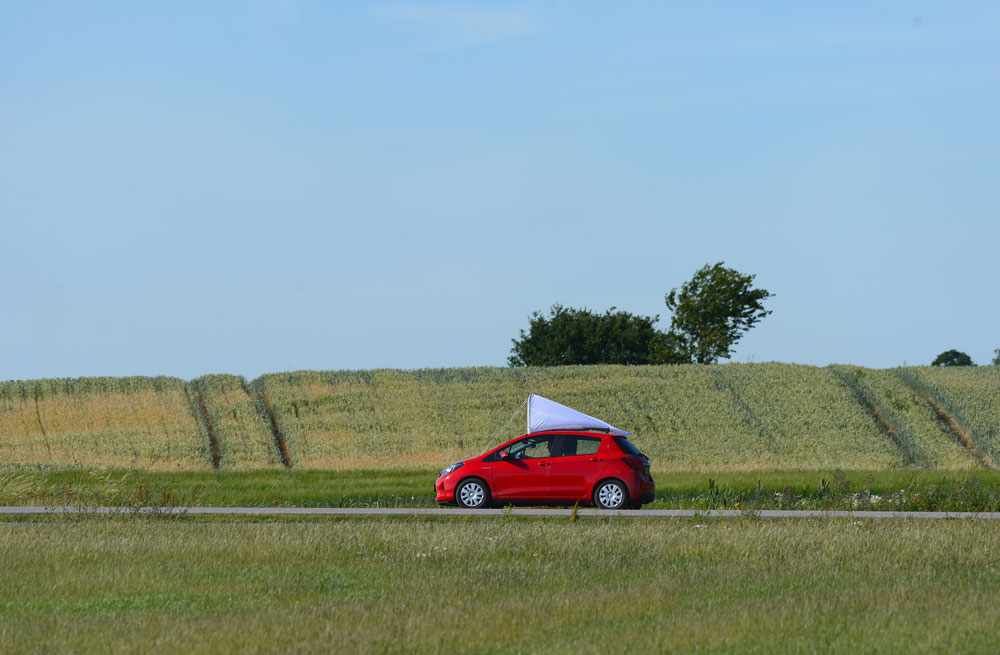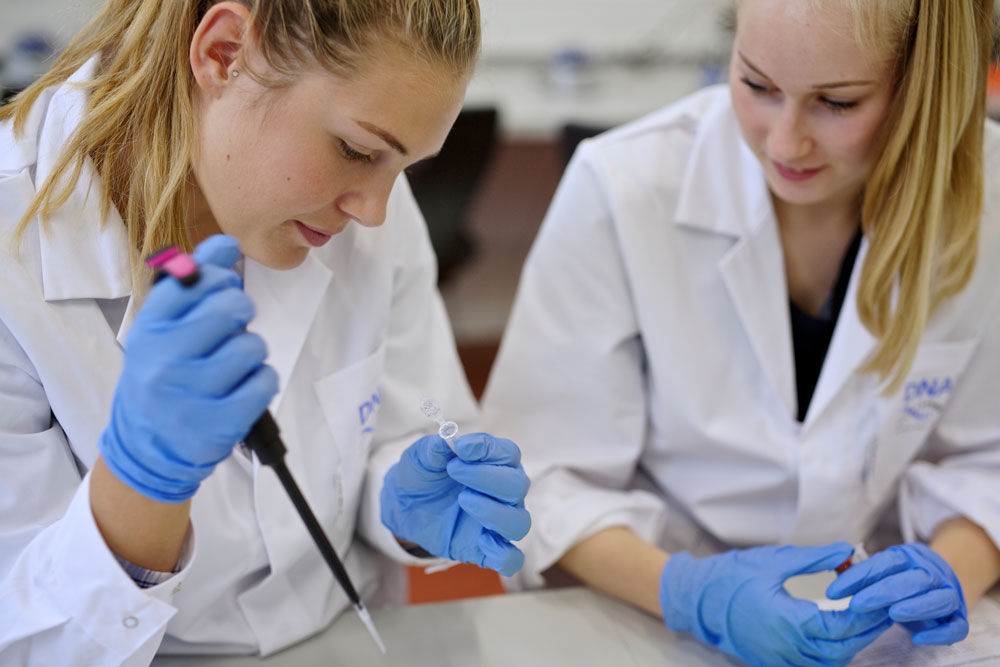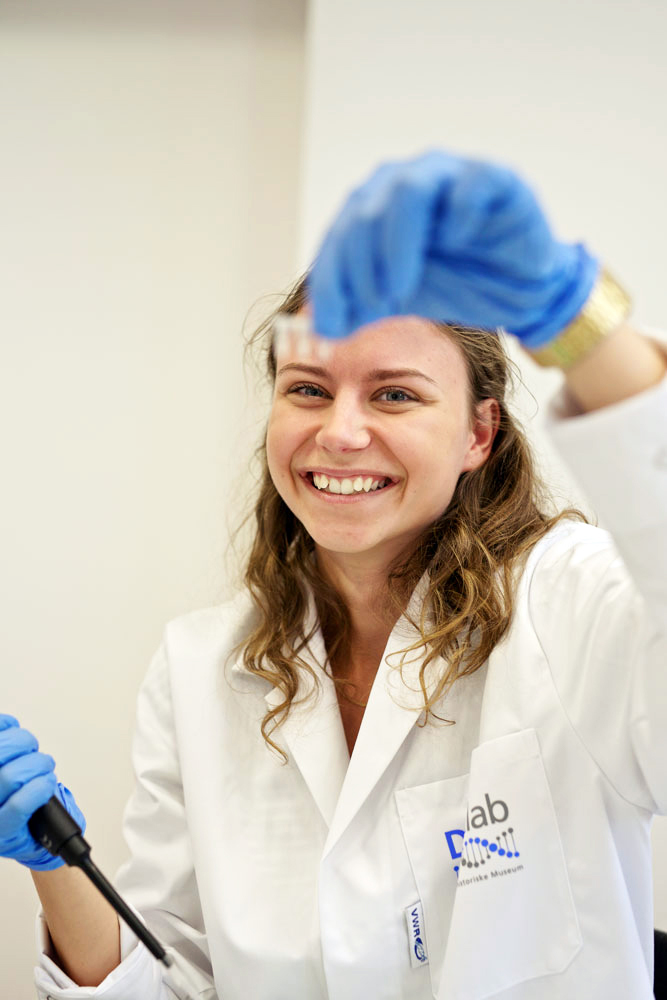Citizen Science receives a significant boost
Despite the increasing worldwide interest in citizen science, research into the concept itself remains limited. This is the issue a new professorship, possibly the first of its kind worldwide, aims to address.

There is a growing interest in incorporating assistance from private citizens into scientific projects globally. Nonetheless, it seems that Anders P. Tøttrup, an Associate Professor at the Natural History Museum of Denmark, might become the world's first professor in Citizen Science.

Anders P. Tøttrup is a trained biologist and leads the section for Citizen Science projects at the Natural History Museum of Denmark. These projects involve scientific endeavours in which citizens are invited to assist in collecting and analyzing data. Now, the Museum is taking a step further as Anders P. Tøttrup enters a 'professor track.' The goal is to establish a new professorship in Citizen Science at the museum.
Peter C. Kjærgaard, Director of the Natural History Museum of Denmark, sees this as an important step in creating better conditions for an increasingly important aspect of scientific work.
"Citizen Science plays an expanding role in numerous projects. When students, associations, and nature enthusiasts collect data year-round across the country, scientists gain unique knowledge that would be otherwise unattainable. This is crucial, especially today, as the climate crisis and human impact bring about significant changes in nature. Additionally, it democratizes our research efforts. That's why we've chosen to make Citizen Science an even more central part of our science by establishing a professorship that focuses on how best to utilize the valuable resources provided by fellow citizens," says Peter C. Kjærgaard. The Museum has actively engaged in Citizen Science for many years, and Anders P. Tøttrup's section has led numerous projects that have expanded the horizons of what scientists can achieve, including collaborations with citizens, primary and high school students, and associations.

"I am very pleased with the opportunity to place extra emphasis on Citizen Science. I will work on developing new projects as well as 'the Science of Citizen Science.' This entails researching how we can create frameworks that appeal to an even more diverse range of groups interested in assisting us with research, as well as ensuring that the data we collect is of high quality and is made accessible to other scientists," says Anders P. Tøttrup.
He sees significant potential in opening universities to Citizen Science, as it yields better results for science itself. Furthermore, participation in projects increases public trust in science and the results produced by scientists. When the public assists the scientists, entirely new research opportunities emerge, fostering greater interest in science and providing a stronger defense against 'fake news.'

"This is an important factor because we are increasingly surrounded by misinformation that manipulates attitudes and trends in society. Citizen Science contributes to establishing a strong foundation of trust in science. Simultaneously, we can see that those who participate in the projects develop a greater interest in natural science. This is especially important among young people, who are expected to be the next generation of researchers," says Anders P. Tøttrup.
It is not just researchers who recognize the great potential of having citizens help collect important knowledge. Anders P. Tøttrup has seen a growing interest in supporting these projects from many private foundations in the field of natural science.

"Many Danish private foundations are very progressive, and they have recognized that the projects are deeply serious, and the results we achieve are completely central when we need to collect and examine large amounts of material. At the same time, we are also forming closer collaborations with associations and environmental organizations, which see an opportunity to provide their members with a good experience while contributing to a better understanding of the state of nature. We have only scratched the surface of possibilities, so I am very much looking forward to continuing the work in an incredibly exciting scientific area," concludes Anders P. Tøttrup.

